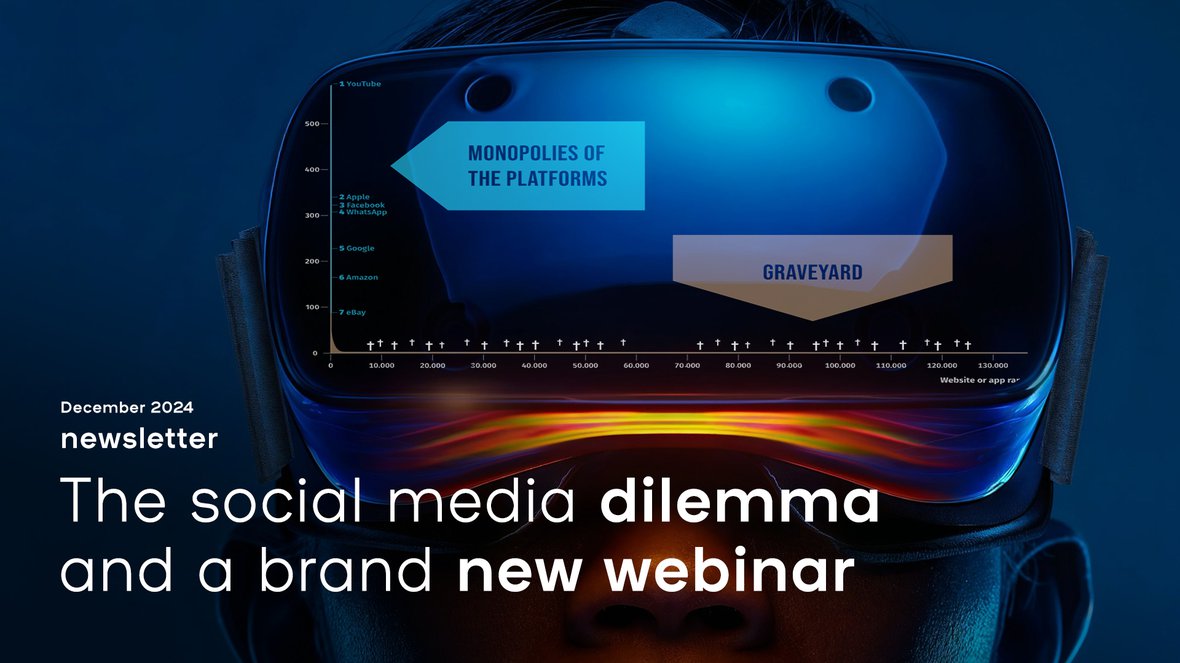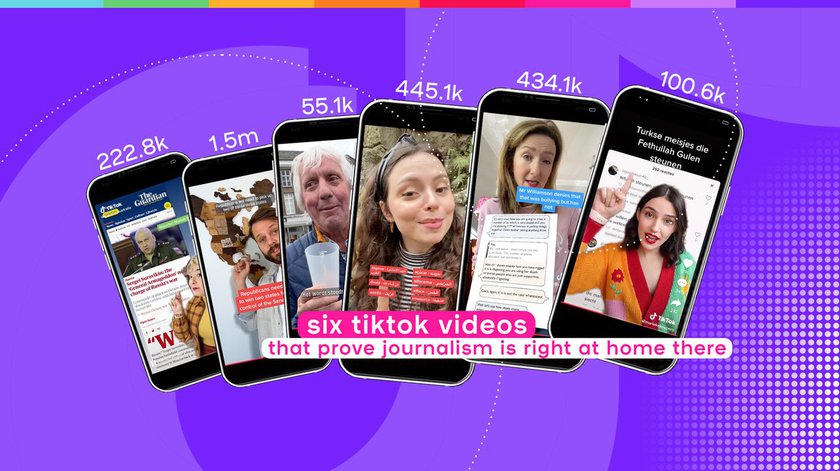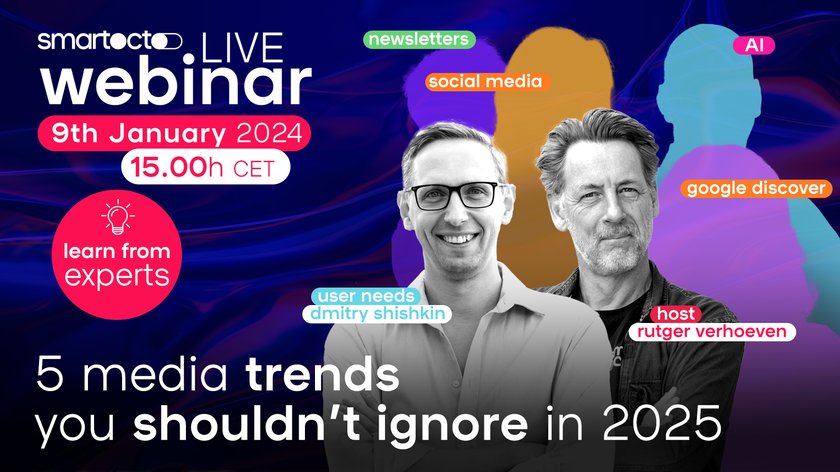Hello there,
I came across an interesting post from the Head of Digital for a regional news site on LinkedIn the other day.
She’d had a journalism student apply for an internship and this student had expressed an interest in working on the social media desk. Their school was skeptical and questioned whether the role was journalistic enough. Internships like these are only approved by schools if they meet certain criteria and responsibilities: coming up with topic and angles, conducting research, creating product, planning and organising and being able to collaborate. They weren’t sure those criteria would be met.
While the school was unsure, both student and Head of Digital were in no doubt about its value. All those things mentioned above are precisely what any social media editor worth their salt is doing in 2024. Sure, there may be places where social media is mostly about creatively promoting other people’s work, but increasingly it’s common for newsrooms to dedicate specific manpower to this area - especially in the ongoing mission to meaningfully engage younger audiences.
That this is happening doesn’t mean editorial teams are completely on board. The aversion to social media is being reignited by the German professor Martin Andree. His book, entitled Big Tech Must Go, reflects on where most online attention is being directed.
Andree highlights the attention monopoly held by digital giants like Meta, Alphabet (Google), and Amazon, which comes at the expense of journalism and other independent information. He argues that this imbalance undermines the free market economy and even democracy itself. According to his calculations, 80% to 90% of online advertising revenue goes to these companies. He claims they erode democratic principles, such as paying taxes. “I’m not painting a dystopia. These are the factual dynamics of the open internet, right now”, he said during an interview in Amsterdam this week.
The fact that journalistic productions on social media are hard to monetise is hardly a reason for journalism schools to discourage students from engaging with them. However, the enthusiastic reception of Martin Andree’s critique in rooms full of journalists reflects the conflicting feelings that are hard to reconcile and demand creativity from the journalistic sector.


